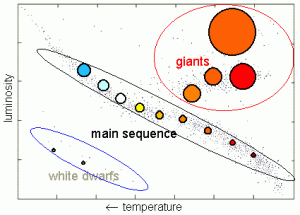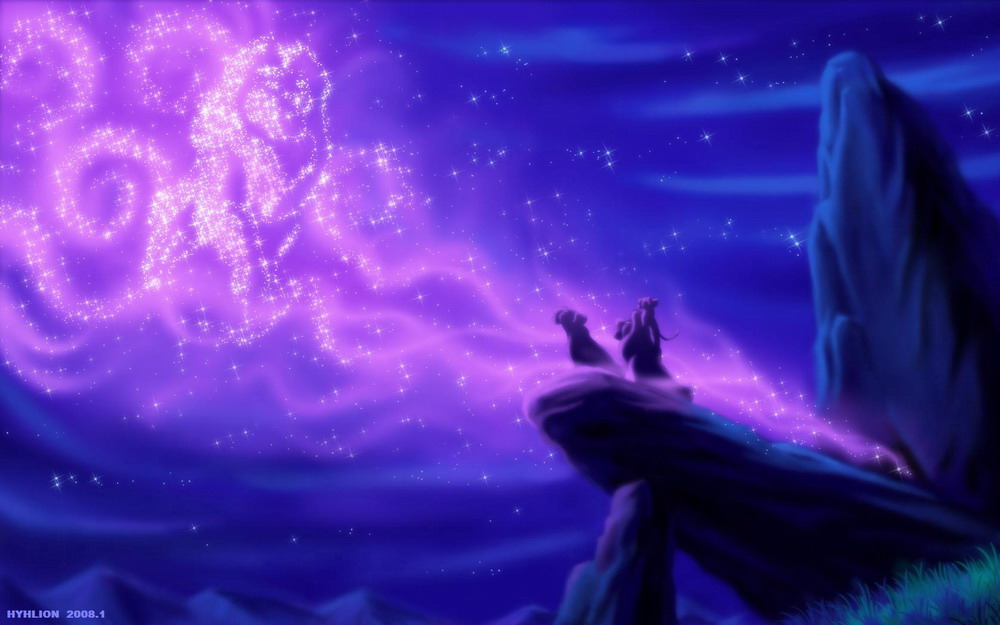Stardust
They shine, they twinkle and they inspire. Stars have mystified and amazed us since antiquity; the night sky intrigued and amazed our ancestors. Well, before street lights and dust obstructed their view of it. Our ancestors identified shapes and patterns among the stars and came up with stories about these patterns. Even then, their imagination could not fathom what these really were. Over the last few hundred years, as technology enabled us to see farther into the cosmic realm, our discoveries about stars, their structure, their composition and their evolution has been an incredible journey. Stars are the reason we exist.
What are stars? Pumbaa, from The Lion King, called them “giant balls of gas burning billions of miles away.” That’s close enough for a simple description but not a very accurate one. Stars are giant spheres primarily composed of hydrogen. Inside their cores, hydrogen undergoes fusion and forms helium. Each fusion reaction emits a tiny amount of energy, but the equivalent energy for numerous such reactions which take place every second is a LOT. Part of this energy is what the stars emit as light and we can try to get an idea of the size of stars by considering that we see their light from billions of miles away. All stars are not far away from us; the closest star to planet Earth is our very own Sun. However, space is vast and the stars we see in the night sky are far far away. The bright red star which forms the shoulder of Orion-Betelgeuse is so far away that the light we see today left the star 600 years ago! If it does do anything interesting at this moment, we would have no clue about it until the year 2615.

Stars are not all alike. If you find a really dark spot, look up intently at the night sky. Betelgeuse will appear reddish and Spica, bluish. Stars can be organized by temperature and luminosity in what is called a Hertzsprung-Russell diagram. Stars that are very huge and very hot are towards the top right and stars that are smaller and cooler are to the bottom left. The position of the star on the main sequence indicates its fate. Low mass stars, like the Sun, eventually run out of hydrogen to fuse into helium and eject their outer layers to end up as white dwarves or planetary nebulae.
High mass stars have a more spectacular death. They continue fusion of heavier elements until iron is formed. The fusion of iron does not release energy but requires energy. This makes the entire star collapse on itself, heat up and explode, releasing huge amounts of energy. For a while, this “supernova” outshines all the other stars of the galaxy. The tremendous amounts of heat fuels explosive nucleosynthesis and heavier elements are created. Subsequently, the dust cools down, forms clumps and leads to the formation of new stars. The dust clouds around newly forming stars form planets. Everything we see around us once came from a star that exploded into a brilliant supernova.
You, me, we all are made of stardust.





